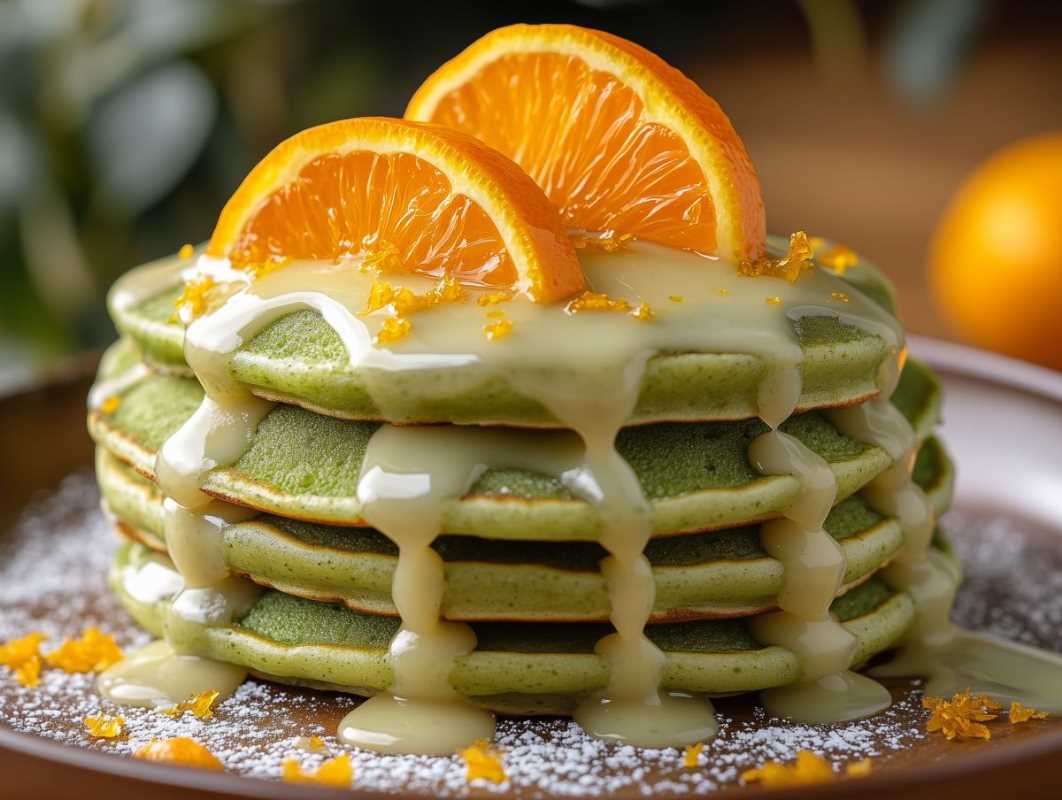If you’re a health-conscious parent, you’ve probably already had a “Whoa, wait, what?!” moment when checking the sugar content of your child’s favorite snack or drink. It turns out a lot of those supposedly “healthy” options are loaded with hidden sugars that could rival a candy bar. Companies are clever at disguising sugar in their products, making it tough to decipher what’s actually good for your kids.
But don’t worry—this doesn’t mean you have to ban all snacks or become a label-reading detective full-time. Once you understand how to spot hidden sugars and decode those sneaky marketing tricks, you’ll feel empowered to make better choices for your kids. Here’s everything you need to know to keep sugar in check without feeling overwhelmed.
Why Hidden Sugars Are a Big Deal
We all know kids love sweet treats—it puts smiles on their faces, and sometimes it’s nice to indulge. But here’s the problem with hidden sugars in everyday snacks and drinks: they add up fast.
Over time, excess sugar in a child’s diet can lead to:
- Energy crashes (you know the ones—hyper now, meltdowns later).
- Tooth decay (yes, even from those “fruit-flavored” drinks).
- Higher risks of childhood obesity and type 2 diabetes.
- Bad habits that make kids crave more sugar in the long run.
Sugar in moderation is fine, but the key is being intentional about when and where it comes from. The real culprit here is the “hidden” sugars we don’t even realize our kids are eating.
Step One: Learn the Sugar Code
Sugar doesn’t always go by the name “sugar” on ingredient lists. To spot it, you’ve got to learn the sugar aliases—because food companies have a lot.
Common Names for Sugar:
Look for these terms on labels and know that, yes, they’re all added sugars in disguise:
- High-fructose corn syrup
- Cane sugar or cane juice
- Agave nectar
- Honey (still sugar, even if it feels healthier!)
- Brown rice syrup
- Malt syrup
- Dextrose, maltose, fructose, or anything ending in “-ose”
- Evaporated cane juice
To make it even trickier, some products include multiple types of hidden sugar on the label. They’re all small amounts individually, so they don’t appear at the top of the ingredient list—but when you add them together, the sugar content skyrockets.
Pro Tip: Check the “Added Sugars” Line
Nutrition labels now list both total sugars and added sugars. Added sugars don’t come naturally from fruits, veggies, or milk—they’re sneaked in during processing. Checking this line can help you quickly spot sugary snacks, even if the front packaging claims to be “natural” or “lightly sweetened.”
Step Two: Don’t Fall for Sneaky Marketing
Food companies are masters at making sugary snacks look healthy. They know parents are trying to make good choices, so they use buzzwords like “organic,” “low-fat,” or “made with real fruit” to make their treats seem better than they are.
Marketing Tricks to Watch Out For:
- “Made with Real Fruit” – Translation? A small splash of fruit concentrate (basically sugar water). Many fruit gummies and juices fall into this trap.
- “Fat-Free” or “Low-Fat” – When companies remove fat, they often add sugar for flavor. Check those yogurt cups and granola bars!
- “No Sugar Added” – Sounds great, right? But if the product uses ingredients like concentrated apple juice for sweetness, it can still be high in natural sugar. (Hint: natural sugar is still sugar.)
- Healthy-Looking Packaging – Bright green labels, pictures of whole grains, or “simple” designs evoke feelings of healthiness. Ignore the packaging and go straight to the label.
Say you’re choosing between two fruit-flavored yogurts for your child. The one in a green cup with a farm picture says “low-fat” and “100% natural,” while the plain one looks…well…boring. Check the labels—chances are, the colorful yogurt has triple the sugar compared to its plain counterpart.
Step Three: Spot Sugar in Everyday Snacks
Some foods have obvious sugar culprits (soda, candy). But others—those we’d think are “better for you”—can really throw you a curveball.
Common Snacks with Hidden Sugars:
- Granola Bars – Often marketed as healthy, granola bars can have as much sugar as a candy bar, thanks to syrups, chocolate chips, and coatings.
- Fruit Snacks – These may shout “made with real fruit,” but most are glorified gummies made of sugar, gelatin, and a hint of fruit concentrate.
- Breakfast Cereals – Even cereals claiming to be “whole grain” or “low-fat” can pack in 10+ grams of sugar per serving.
- Flavored Yogurts – Kids’ yogurts are often sugar bombs hidden under bright colors and cartoon characters. Watch out for yogurts with fruit syrups on the bottom.
- Juice and Juice Boxes – Even 100% fruit juice is sugar-dense and lacks the fiber of whole fruit. Flavored drinks (like lemonade or fruit punch) are even worse.
- Trail Mix – Those perfectly portioned packs aren’t so innocent when they’re loaded up with sugary dried fruit, chocolate candies, or honey-coated nuts.
Healthier Alternatives:
- Swap flavored yogurts for plain yogurt sweetened with fresh berries or a drizzle of honey.
- Choose whole fruit like apples, bananas, or clementines over juice or fruit snacks.
- Make your own trail mix with raw nuts, seeds, and unsweetened dried fruit.
- Pick cereals with less than 5 grams of sugar per serving and top with fresh fruit for extra sweetness.
Step Four: Read Between the Serving Lines
Another trick? Serving size. Have you noticed how some snack packs look kid-sized, but the label lists multiple servings? Your child could easily eat the whole pack and double (or triple) their sugar intake without realizing it.
A pouch of “organic fruit snacks” might list 6 grams of sugar per serving, but if the bag contains two servings, your kid is actually eating 12 grams—nearly a tablespoon of sugar.
To avoid these surprises:
- Check the serving size on the label.
- Look at the total grams of sugar for the WHOLE package if it’s likely your child will eat it all.
Tips for Healthier Snack Shopping
Navigating the snack aisle doesn’t have to be overwhelming. Here are some quick tips to keep in mind when choosing snacks and drinks for your kids:
- Stick to Whole Foods: Fresh fruit, veggie sticks, nuts, and cheese are naturally low in sugar and high in nutrients.
- Go for Unsweetened: Look for labels like “unsweetened” or “no added sugars” on applesauce, nut butter, and cereals.
- DIY Snacks: Making your own snacks, like granola bars, muffins, or fruit popsicles, gives you total control over the sugar content.
- Practice Moderation: It’s okay for your kids to have a sweet treat now and then—just balance it with healthier options throughout the day.
- Model Healthy Habits: Kids learn by example. If you’re mindful of sugar in your diet, they’ll be more likely to follow suit.
Once you know how to identify hidden sugars, it becomes so much easier to say “thanks, but no thanks” to sneaky snacks and drinks.
 (Image source: Midjourney)
(Image source: Midjourney) 





